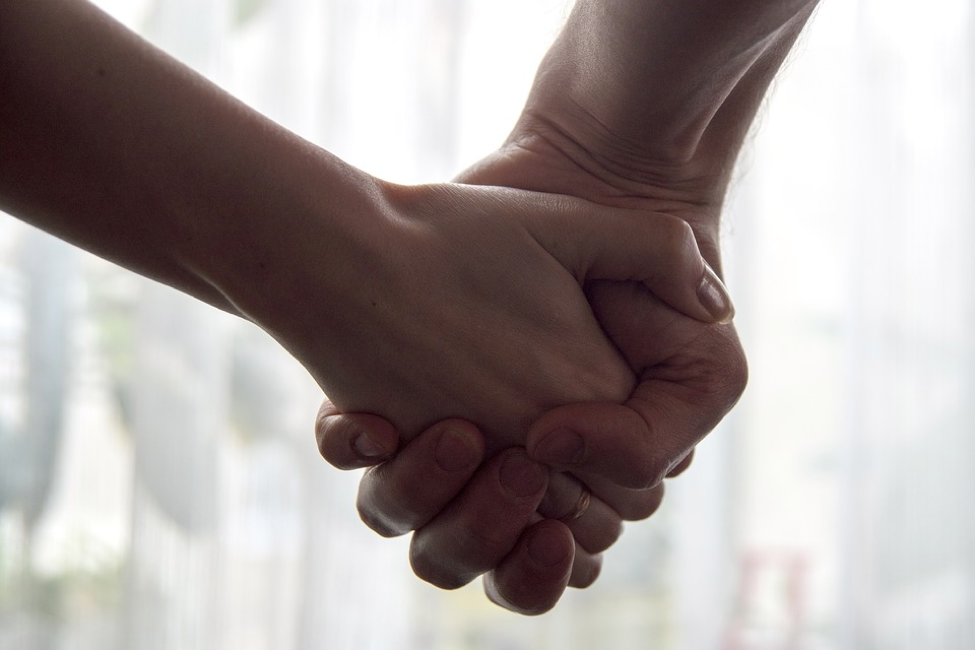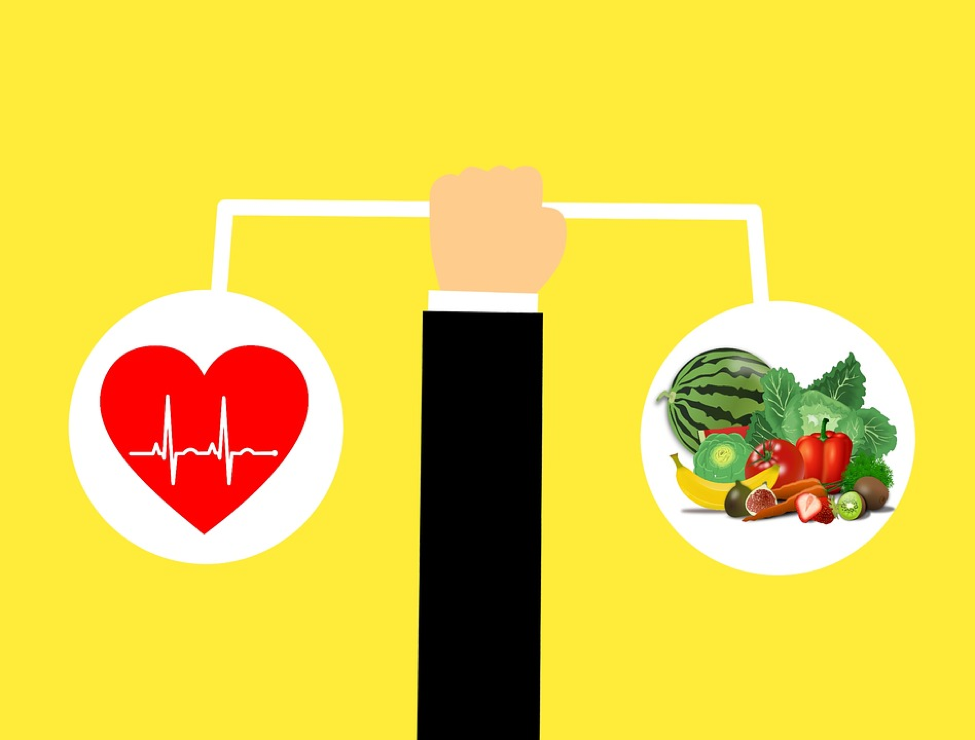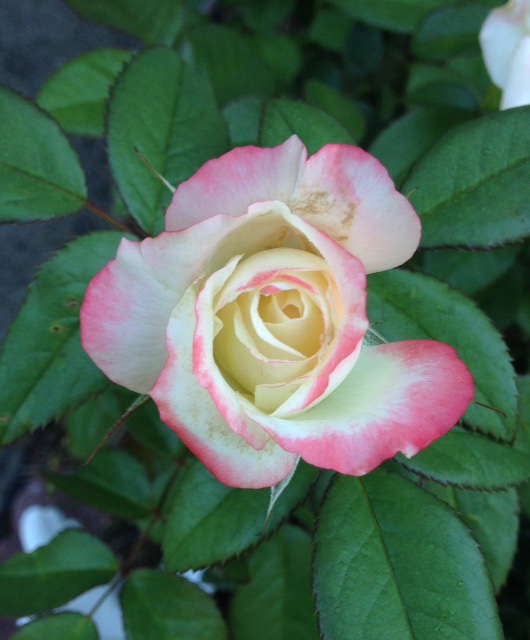
Regardless of the severity, breast cancer takes a toll on your body.
Between chemo, radiation, and surgeries, many women struggle with their physical appearances after they’ve won their battles.
In a study published in The European Journal of Breast Health, researchers found that many of the 20 study participants who went through breast cancer treatment held a belief that breasts symbolize femininity, beauty, and motherhood.
As a result, after mastectomies, some of the participants felt that half of themselves were missing, as individuals and women.
Fortunately, there are ways to rebuild your self-esteem and body image after surviving breast cancer.
Read on to discover five tips to make peace with your body post breast cancer…
#1: Surround yourself with supportive friends and family.

(Source)
As the author S. Kelley Harrell writes, “we don’t heal in isolation, but in community.”
Without the support of our loved ones–whether they be friends or family–getting through rough periods in our lives may seem insurmountable.
Don’t be afraid to express your feelings of shame, self-doubt, insecurities, or beyond with those who love you and are there to support you.
Loved ones are necessary sources of warmth who will remind you of the wonderful qualities that make you who you truly are.
#2: Acknowledge that some of your body’s changes may only be temporary.
Another important point to keep in mind is that not all physical changes will be permanent.
For example, though you may gain or lose weight during treatment due to side effects of medication, you can instill changes to get back to your pre-treatment weight once your body is ready.
Of course, your body may not bounce back to “the way it used to be,” but remembering that some things will eventually return to normal is a healthy practice in positivity.
#3: Give yourself time to adjust and accept the new you.
With any physical change–even those unrelated to breast cancer–it can take time to accept and get accustomed to the change.
It’s not realistic to expect that you’ll be able to accept your new body right away.
Perhaps you used to pride yourself on certain physical characteristics that have changed considerably since you went through your breast cancer experience.
Give yourself the time to adjust your perspective on what beauty means to you.
Focus on finding new aspects of your appearance or personality that you want to emphasize or embrace–and let them shine!
#4: Eat healthy and exercise.

(Source)
Although you may be used to hearing your doctor provide the following advice, we’ll chime in here for good measure:
If you want to maintain or improve your appearance to reflect one of improved health, follow a healthy diet and incorporate exercise into your weekly routine.
Eating well and exercising will not only make you feel good from the inside out, but will also help you regain strength in your recovery process.
#5: Consider reconstructive options.
As mentioned before, for many women, breasts symbolize femininity and other values that can be hard to let go of permanently.
Thanks to the miraculous nature of modern day surgery and medicine, reconstructive options for your breasts after a mastectomy are possible.
If what you truly desire is to bring back your shape, reconstructive breast surgery is always an option.
Talk to a doctor and see what your options are. If you’re interested in seeing what our options are, check out our website here.
As a breast cancer survivor, there is a lot to be proud of.
Though physical changes to your body can be incredibly difficult to experience and acknowledge, there are ways to make peace with the changes.
Keep these five tips in mind in your journey to living life with a new normal.
Have any additional suggestions for what you do to feel beautiful in the skin you’re in? Share them in the comments below!










 You just found out that you might need a mastectomy.
You just found out that you might need a mastectomy. As you face the prospect of mastectomy and possibly reconstruction, it’s important that you feel you’re in good hands.
As you face the prospect of mastectomy and possibly reconstruction, it’s important that you feel you’re in good hands. This week, James E. Craigie, MD, of The Center for Natural Breast Reconstruction answers your question.
This week, James E. Craigie, MD, of The Center for Natural Breast Reconstruction answers your question.




